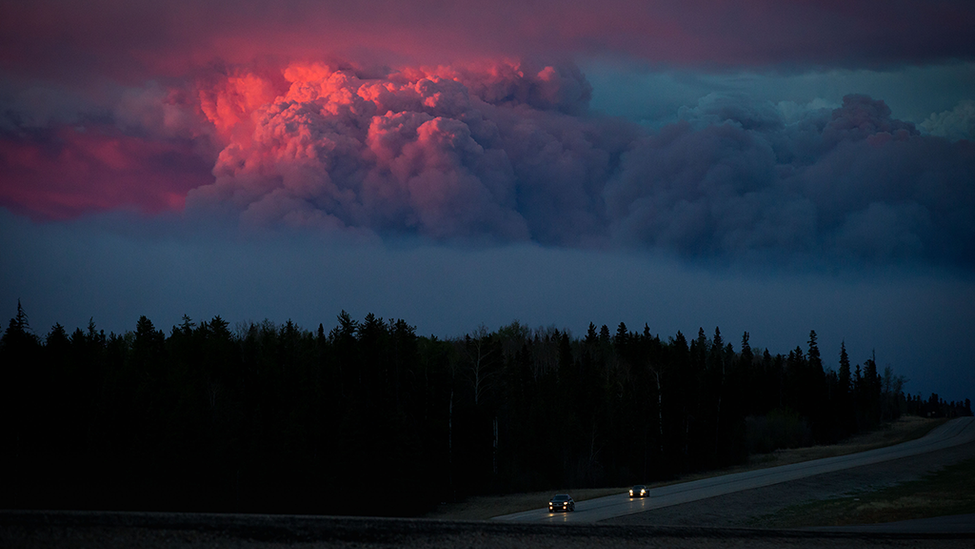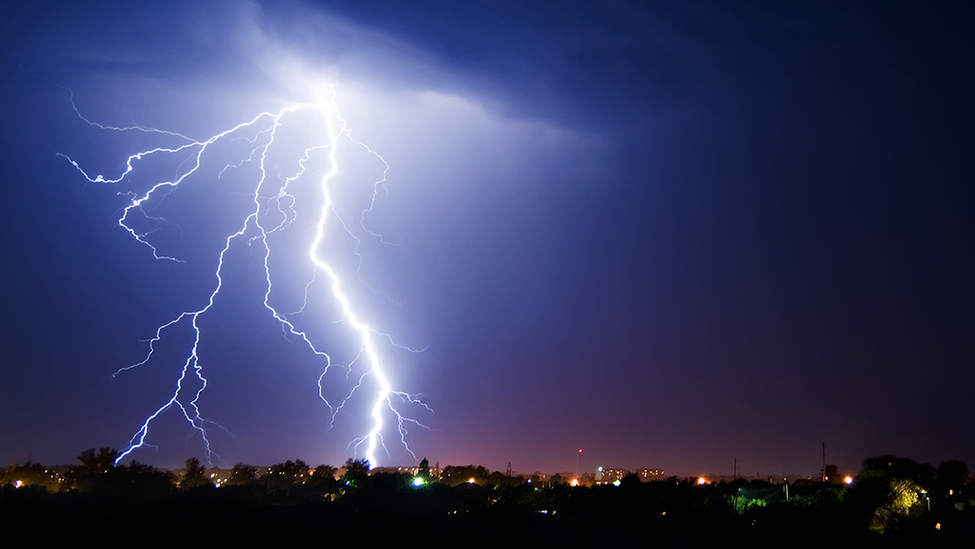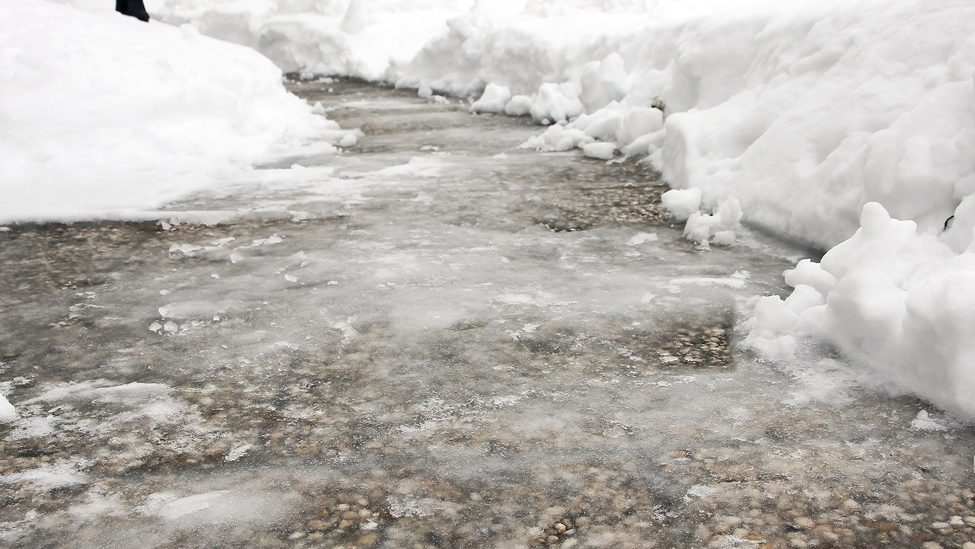How to Build an Emergency Survival Kit

(DESCRIPTION)
Text, Travelers. Packing a Survival Kit
In animation, dark clouds and lightning over a house; the lights go out.
(SPEECH)
When severe weather strikes, you may lose power. Now, imagine if that power outage lasted for days.
(DESCRIPTION)
Bottled water, medical supplies, blankets.
(SPEECH)
You don't need to be caught unprepared if you take the time to assemble a home survival kit long before the threat of catastrophic weather.
(DESCRIPTION)
A pencil marks one week on a calendar.
(SPEECH)
For starters, it's helpful to have at least a week's worth of essentials to get you by.
Here are some items to consider for your survival kit-- 4 liters of water per person per day, plus extra water for your pets, non-perishable and canned foods and a non-electric can opener, at least one week supply of medications for family members and pets, hand sanitizer and other personal hygiene items, battery-powered light sources like flashlights and lanterns-- don't forget to include extra batteries.
A battery-powered or hand-crank radio, extra clothing and blankets, baby supplies and pet food, a first aid kit, and a notebook with emergency numbers and contacts, chargers for your electronics, including a car charger, a whistle to signal for help.
(DESCRIPTION)
Dark clouds move away from a house and a new day dawns. A man, woman and child stand at the front doorway.
(SPEECH)
Whether you're evacuating to safety or weathering a storm at home, having the basic necessities can help make a challenging situation safer for you and your family. Talk to your insurance broker today for more suggestions on how to protect your home and family.
(DESCRIPTION)
Text, travelers canada.ca. Travelers Canada, 165 University Avenue, Toronto, Ontario M5H 3B9. This material is for informational purposes only. All statements herein are subject to the provisions, exclusions and conditions of any insurance policy issued by Travelers Canada. It is not a representation that coverage does or does not exist for any particular claim or loss under any such policy. Coverage depends on the facts and circumstances involved in the claim or loss, all applicable policy provisions and any applicable law. Copyright 2021 Travelers Canada. All rights reserved. Travelers and The Travelers umbrella logo are registered trademarks of The Travelers Indemnity Company in Canada, the US and other countries. Travelers Insurance Company of Canada, the Dominion of Canada General Insurance company and St. Paul Fire and Marine Insurance Company (Canada Branch) are the Canadian licensed insurers known as Travelers Canada.
When creating an emergency survival kit for the home, consider the supplies you might need to last you and your family for a minimum of three to seven days. In case of emergencies that may require that you leave your home quickly, such as a wildfire, prepare your kit well in advance, and keep it in an easily accessible location so you can take essential items with you if you must evacuate with little notice.
For other emergencies that might require staying in place at home for several days, such as a blizzard, you might want to gather supplies when a storm is first forecast and closely monitor the storm, to ensure that you have everything you need on hand.
Whether you are hunkering down to weather a storm at home, scrambling to evacuate to get to safety, or facing the possibility of being stranded in your vehicle during stormy weather, one thing is sure: having the proper provisions can help make a difficult scenario safer for you.
The following are some of the key considerations for a survival kit to fit these potential emergency situations. Consider how each of them could suit these scenarios and arm yourself appropriately.
- One gallon of water, per person, per day.
- Non-perishable and canned foods, along with a non-electric can opener.
- Sanitation and personal hygiene items.
- Flashlights with extra batteries.
- Battery-powered or hand-crank radio, with extra batteries if relevant.
- Extra clothing and blankets.
- A first-aid kit.
- Emergency cash and cheques as credit cards may not be dependable in a power outage.
- Chargers for electronics, including vehicle chargers.
- A whistle to signal for help.
- Duct tape.
- Copies of personal documents, including a home inventory list, insurance policies and other important legal and financial documents.
- Bug spray (depending on location and climate).
- Hand and foot warmers (pending climate).
- Pen and notebook to keep notes such as important phone numbers, in case the power is out and electronic devices are not working.
- Baby supplies such as diapers, wipes, infant formula, food and bottles.
- Pet food and extra water for your pets.
- At least a three- to seven-day supply of any daily medication for family members and pets.


